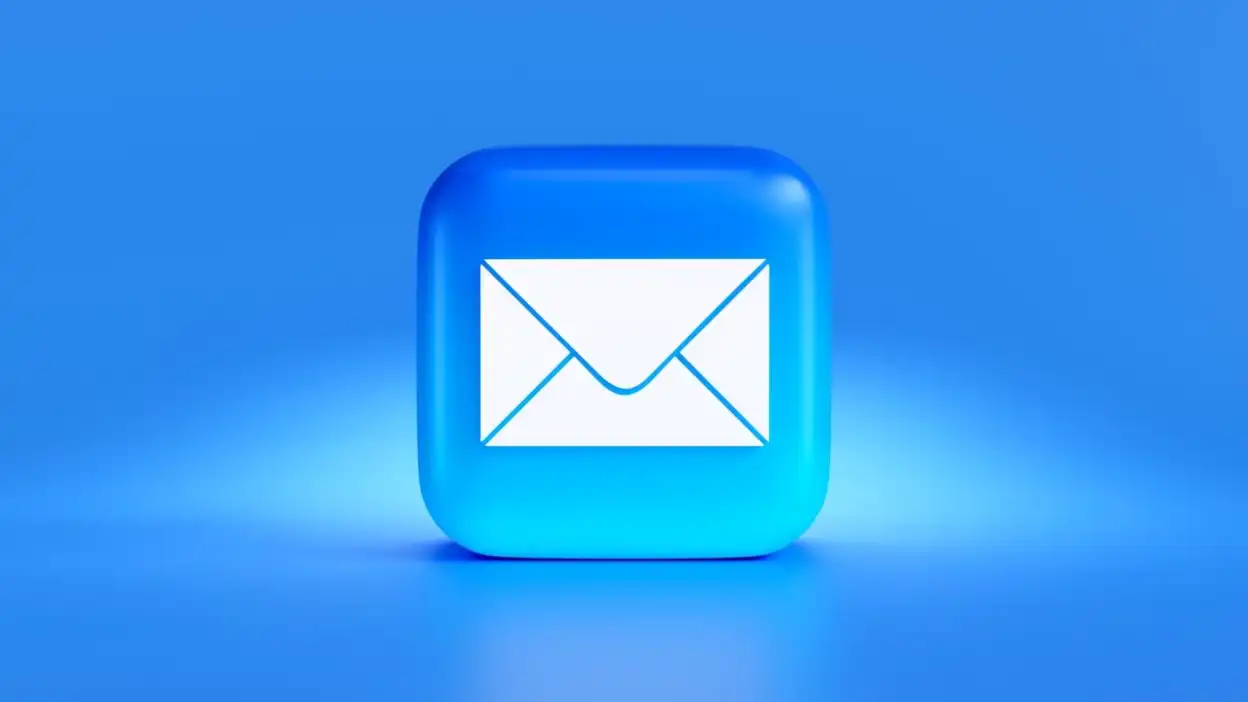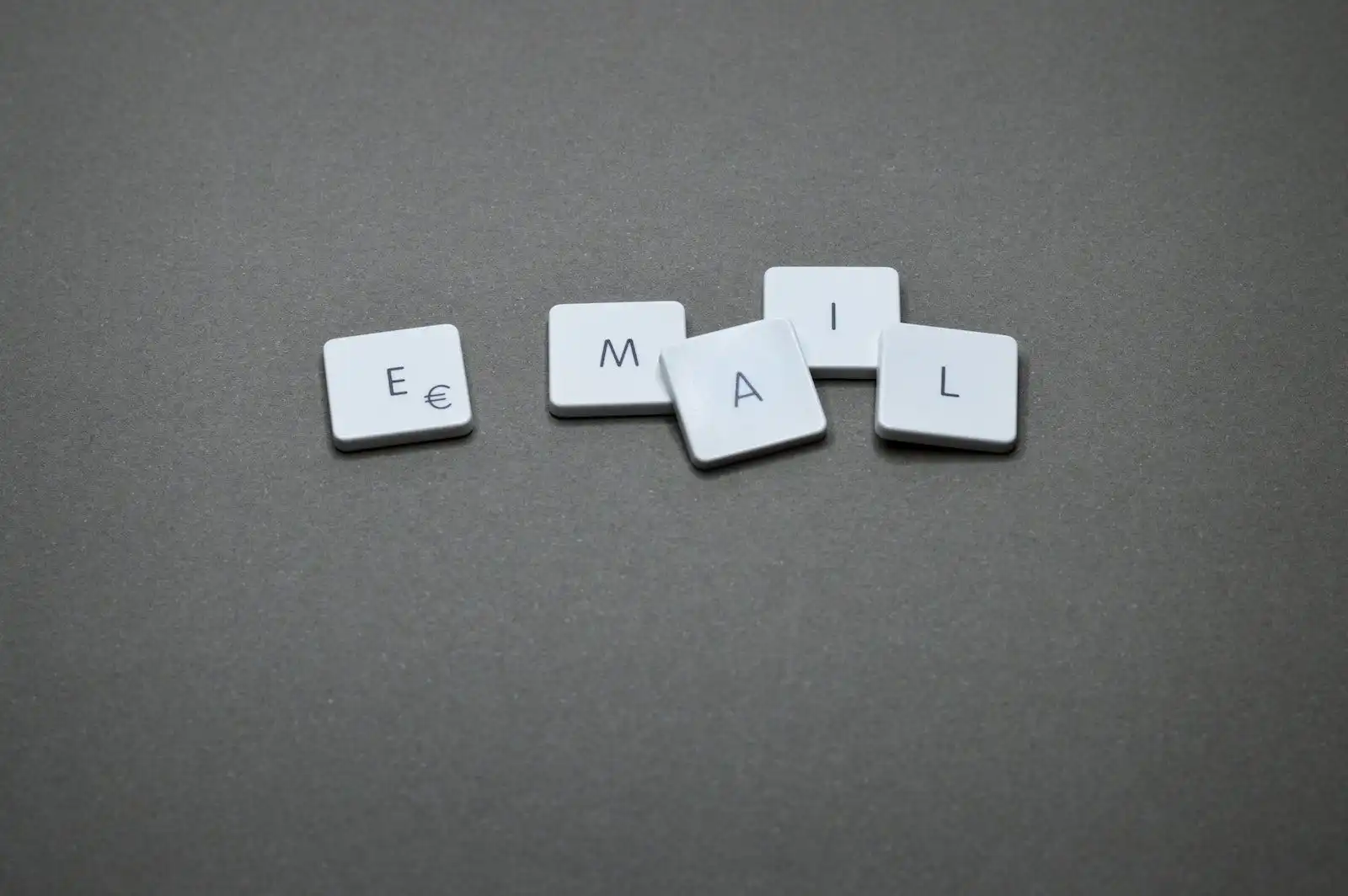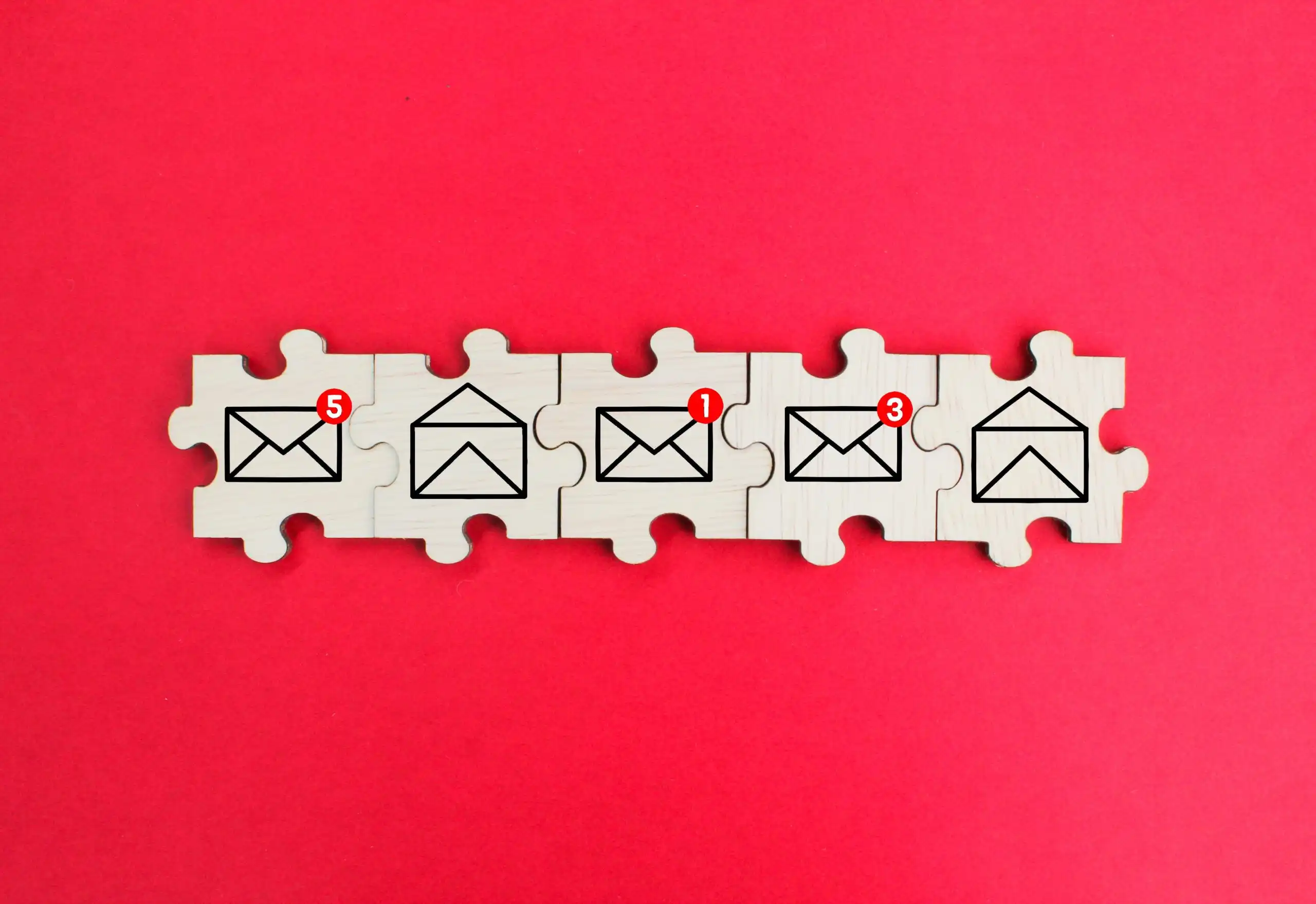In today’s digital landscape, email marketing stands as a cornerstone for small businesses aiming to establish a robust online presence.
You may wonder why email marketing is so crucial.
The answer lies in its unparalleled ability to connect directly with your audience.
Unlike social media platforms, where algorithms dictate visibility, email allows you to reach your customers directly in their inboxes. This direct line of communication fosters a sense of intimacy and trust, which is essential for building lasting relationships with your clientele. Moreover, email marketing boasts an impressive return on investment (ROI).
Studies have shown that for every dollar spent on email marketing, businesses can expect an average return of $42. This statistic underscores the effectiveness of email as a marketing tool, especially for small businesses with limited budgets. By leveraging email marketing, you can promote your products or services, share valuable content, and keep your audience informed about your business—all while maintaining a cost-effective approach.
Key Takeaways
- Email marketing is crucial for small businesses to reach and engage with their target audience effectively.
- Building a quality email list involves obtaining permission from recipients, segmenting the list, and regularly cleaning it to maintain relevance.
- Crafting compelling and engaging email content requires understanding the audience, using attention-grabbing subject lines, and providing valuable information or offers.
- Utilizing personalization and segmentation helps to tailor content to specific audience segments, increasing relevance and engagement.
- Implementing A/B testing allows small businesses to optimize their email campaigns by testing different elements and analyzing the results for better performance.
- Building a Quality Email List
- Crafting Compelling and Engaging Email Content
- Utilizing Personalization and Segmentation
- Implementing A/B Testing to Optimize Campaigns
- Leveraging Automation for Efficiency
- Monitoring and Analyzing Email Marketing Metrics
- Integrating Email Marketing with Other Marketing Strategies
- FAQs
Building a Quality Email List
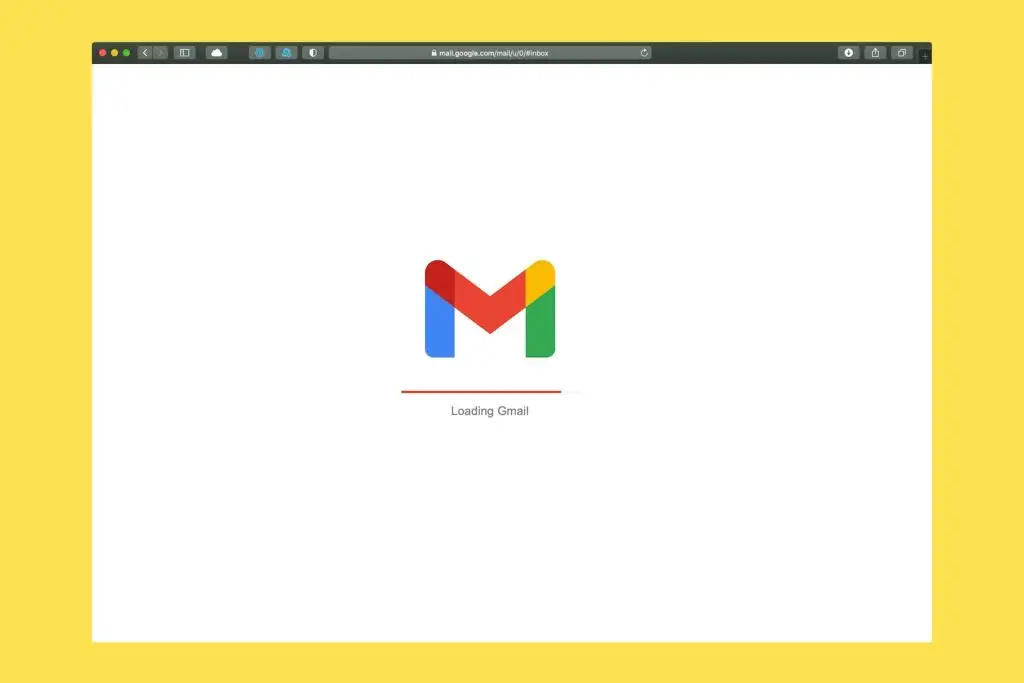
Offering Value to Potential Subscribers
Start by offering value to your potential subscribers. This could be in the form of exclusive discounts, informative newsletters, or valuable resources that resonate with your target audience.
Implementing Sign-up Forms
Consider implementing sign-up forms on your website and social media platforms. Make it easy for visitors to subscribe by placing these forms prominently and ensuring they are user-friendly.
Cultivating a Community of Interested Subscribers
Additionally, you can host events or webinars where attendees can opt-in to receive follow-up information via email. By actively engaging with your audience and providing them with compelling reasons to join your list, you’ll cultivate a community of interested subscribers who are more likely to engage with your content.
Crafting Compelling and Engaging Email Content

Once you have built a quality email list, the next step is to create content that captivates your audience. You need to think about what resonates with your subscribers and how you can deliver value through your emails. Start by crafting attention-grabbing subject lines that entice recipients to open your emails.
A well-written subject line can significantly increase your open rates, so don’t underestimate its importance. In the body of your emails, focus on delivering content that is not only informative but also engaging. Use a conversational tone that reflects your brand’s personality and encourages interaction.
Incorporate visuals such as images or infographics to break up text and make your emails more visually appealing. Additionally, consider including calls-to-action (CTAs) that guide readers toward the next steps, whether it’s visiting your website, making a purchase, or sharing your content with others.
Utilizing Personalization and Segmentation
| Segmentation Criteria | Personalization Metric | Result |
|---|---|---|
| Demographics | Personalized Email Open Rate | 25% |
| Behavioral Data | Conversion Rate | 30% |
| Location | Click-Through Rate | 20% |
Personalization is a powerful tool in email marketing that can significantly enhance engagement rates. You should strive to make each subscriber feel valued by tailoring your messages to their preferences and behaviors. This could involve addressing them by their first name or recommending products based on their past purchases.
By personalizing your emails, you create a more meaningful connection with your audience, which can lead to increased loyalty and conversions. Segmentation is another critical aspect of effective email marketing. Instead of sending the same message to your entire list, consider dividing your subscribers into smaller groups based on specific criteria such as demographics, purchase history, or engagement levels.
This allows you to send targeted messages that resonate more deeply with each segment. For instance, if you have a group of subscribers who frequently purchase from you, you might send them exclusive offers or early access to new products. By utilizing both personalization and segmentation, you can create tailored experiences that drive better results.
Implementing A/B Testing to Optimize Campaigns
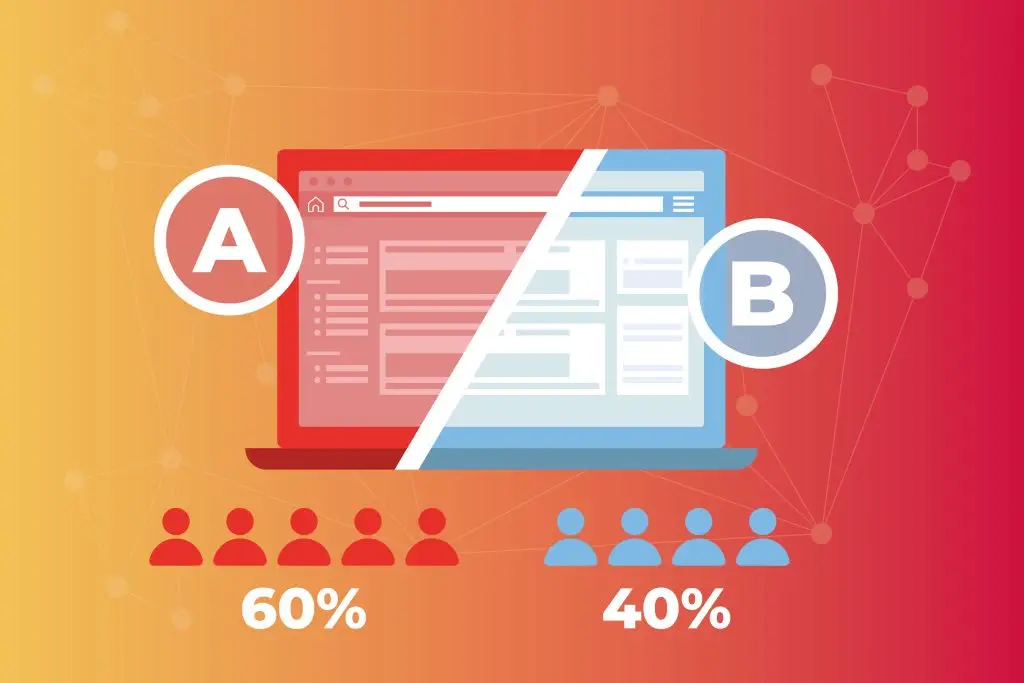
To ensure the success of your email marketing campaigns, it’s essential to implement A/B testing. This method involves sending two variations of an email to different segments of your audience to determine which one performs better. You might test different subject lines, content layouts, or CTAs to see what resonates most with your subscribers.
By analyzing the results, you can make data-driven decisions that enhance the effectiveness of your future campaigns. A/B testing not only helps you refine your email content but also allows you to understand your audience better. As you experiment with various elements, you’ll gain insights into what drives engagement and conversions among your subscribers.
This iterative process fosters continuous improvement in your email marketing strategy, ensuring that you’re always optimizing for better results.
Leveraging Automation for Efficiency

In the fast-paced world of small business operations, efficiency is key. Email marketing automation can save you time while ensuring that your messages reach the right people at the right time. You can set up automated workflows for various scenarios, such as welcome emails for new subscribers or follow-up messages after a purchase.
This not only streamlines your processes but also enhances the customer experience by providing timely communication. Automation also allows you to nurture leads over time without constant manual effort. For instance, you can create a series of automated emails that educate new subscribers about your brand and offerings gradually.
This drip campaign approach keeps your audience engaged and informed while freeing up your time to focus on other aspects of your business.
Monitoring and Analyzing Email Marketing Metrics
To gauge the success of your email marketing efforts, it’s crucial to monitor and analyze key metrics regularly. You should pay attention to open rates, click-through rates (CTR), conversion rates, and unsubscribe rates to understand how well your campaigns are performing. These metrics provide valuable insights into what’s working and what needs improvement.
For example, if you notice a low open rate for a particular campaign, it may indicate that your subject line needs refinement or that the timing of your send was off.
On the other hand, high click-through rates suggest that your content is resonating well with your audience. By continuously analyzing these metrics, you can make informed adjustments to enhance the effectiveness of your email marketing strategy.
Integrating Email Marketing with Other Marketing Strategies
Finally, integrating email marketing with other marketing strategies can amplify its effectiveness and reach. Consider how email can complement your social media efforts or content marketing initiatives. For instance, you might promote an upcoming webinar on social media while simultaneously sending out an email invitation to your subscribers.
This multi-channel approach reinforces your message and increases the likelihood of engagement. Additionally, you can use insights from other marketing channels to inform your email strategy. For example, if a particular blog post is performing well on social media, consider creating an email campaign that highlights this content and encourages subscribers to read it.
By weaving together various marketing strategies, you create a cohesive brand experience that resonates with your audience across multiple touchpoints. In conclusion, mastering email marketing is essential for small businesses looking to thrive in today’s competitive landscape. By understanding its importance, building a quality list, crafting engaging content, utilizing personalization and segmentation, implementing A/B testing, leveraging automation, monitoring metrics, and integrating with other strategies, you can create effective campaigns that drive results and foster lasting relationships with your customers.
Embrace these practices and watch as your email marketing efforts transform into a powerful tool for growth and success.
If you are looking to boost your sales through effective affiliate marketing strategies, you may want to check out this article on how to maximize profits with affiliate marketing. This article provides valuable insights and tips on how small businesses can leverage affiliate marketing to increase their revenue and reach a wider audience. By implementing these strategies in conjunction with email marketing, small businesses can create a comprehensive marketing plan that drives results.
FAQs
What is email marketing?
Email marketing is a digital marketing strategy that involves sending promotional messages or content to a group of people via email. It is commonly used to build brand awareness, promote products or services, and engage with customers.
Why is email marketing important for small businesses?
Email marketing is important for small businesses because it is a cost-effective way to reach and engage with customers. It can help drive sales, build customer loyalty, and increase brand awareness. Additionally, email marketing allows small businesses to directly communicate with their target audience.
What are some effective email marketing strategies for small businesses?
Some effective email marketing strategies for small businesses include building a targeted email list, personalizing email content, creating mobile-friendly emails, and using automation to send relevant and timely messages. It is also important to track and analyze email marketing metrics to optimize campaign performance.
How can small businesses build an email list?
Small businesses can build an email list by offering incentives such as discounts or free resources in exchange for email sign-ups. They can also collect email addresses through website sign-up forms, social media promotions, and in-store sign-up sheets. It is important to obtain permission from individuals before adding them to an email list.
What are some best practices for small business email marketing?
Some best practices for small business email marketing include sending relevant and valuable content, using clear and compelling subject lines, optimizing emails for mobile devices, and maintaining a consistent sending schedule. It is also important to comply with email marketing regulations, such as including an unsubscribe option in every email.
